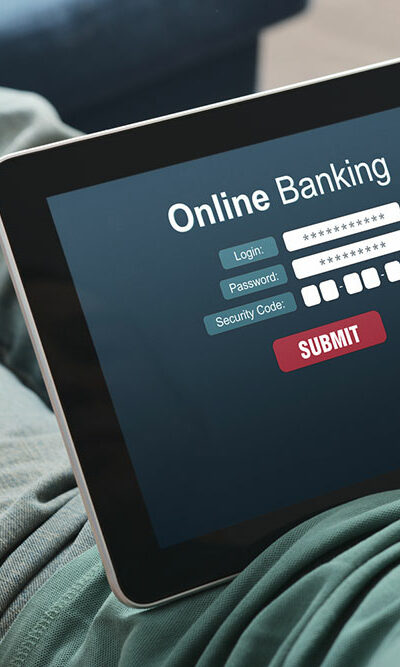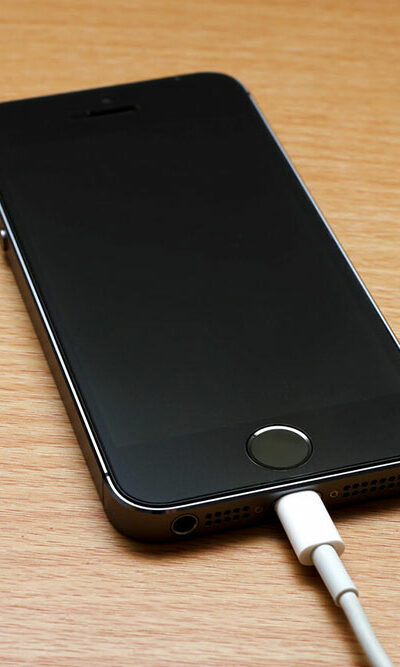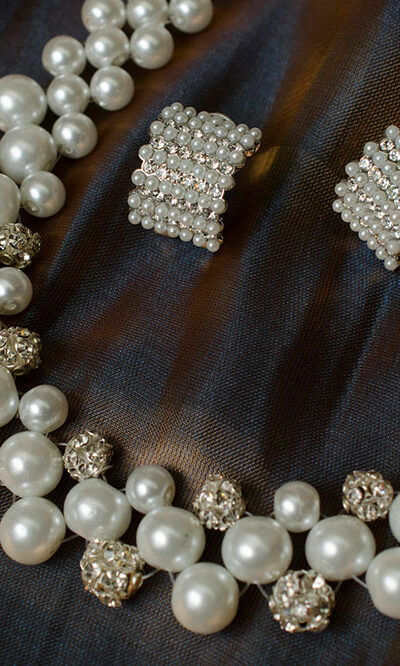
10 common shipping mistakes and how to avoid them
Shipping makes life easier for consumers as it facilitates the delivery of goods and helps businesses expand their reach. But even a single error with shipping can result in a waste of time and money and possible loss of customers for businesses. Hence, shippers must be very careful while shipping products across long distances. Streamlining shipping processes is a must to increase efficiency and send goods across on time. Here are some common shipping mistakes to avoid: Not packing the parcel properly Sometimes, shippers overlook the importance of packaging, especially if the product is sturdy and not likely to break. But no matter how strong the product is, proper packaging ensures it reaches the recipient in good condition. It is usually easy to identify if a product has been packaged properly or needs a different packaging solution. For example, the product may hang out of the pallet on which it is shipped, which means that a pallet of a bigger size is needed. Stacking items methodically can help fit all the products securely in a package. One should use other packaging items like bands and stretch wraps if necessary. Writing incorrect information on the Bill of Lading Shippers need to mention details of their shipments and provide their signatures in a Bill of Lading (BOL) document. The document also lists the fiduciary duties of shippers and suppliers, so it is an important contract. All the details in a BOL document should be accurate, including the number of products inside the parcel and its total value. Weight and freight class is another category that needs to be estimated correctly. Companies should be careful to mention accurate parcel details because wrong information can affect their reputation. Not using an online shipping platform Being old school may not be the most productive strategy when it comes to shipping.










